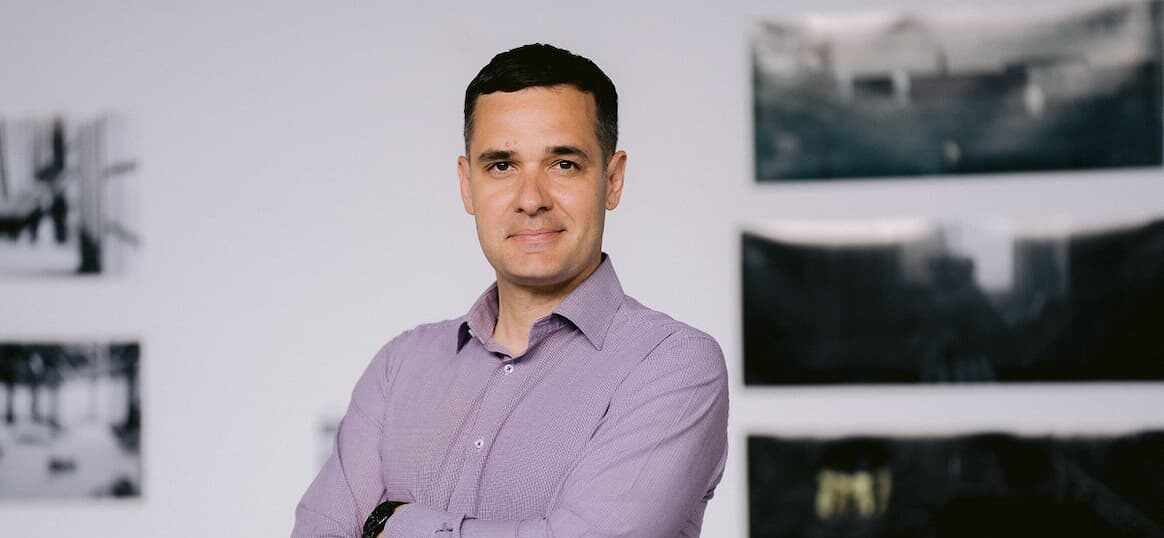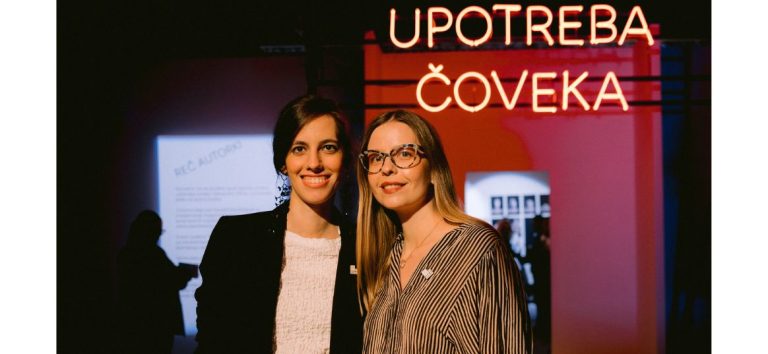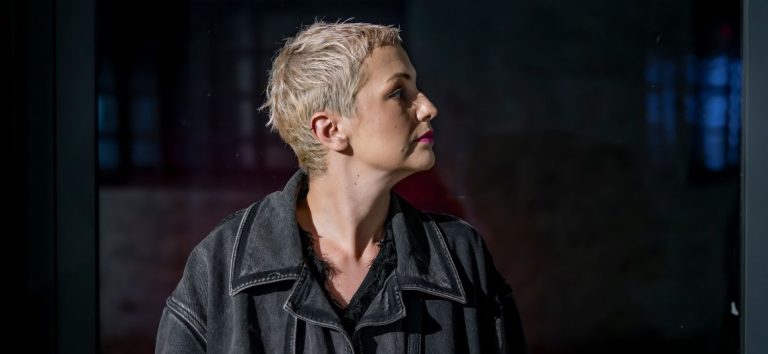Novi Sad is becoming the only city in Europe where, thanks to art programmes, the Fortress of Peace is being built between 17 June and 17 July. The new programme arch of the European Capital of Culture will gather as many as 1,500 artists from 30 countries, who will present themselves with almost 150 events in just one month by celebrating peace. The Fortress of Peace will be a specific part of the ECOC programme because so far, peace, the culture of remembrance, and dialogue of reconciliation have never been talked about through art, not just in Novi Sad, but in the whole of Europe. Therefore, we decided that the concept of this part of the ECOC programme should be presented by a historian, but also the director of the Novi Sad – European Capital of Culture Foundation, Nemanja Milenković, who singled out several events that you should not miss in Novi Sad in the next month.
How would you present the significance of the Fortress of Peace programme arch for European Novi Sad, not only from the point of view of the director of the Foundation but first of all from a historian’s point of view?
Peace is the binding foundation of our motto ‘for new bridges’, without which there is no prosperity. And these are two shores: material and spiritual, and when they are connected, we have the prosperity of peace. Novi Sad, as the smallest city on the Danube, with the largest number of bridges – 11 in total, but with 8 below and only 3 above the Danube – knows that very well. Our city’s past is so turbulent that we know what it’s like to live and survive without peace and without bridges. Some members of the jury in Brussels in 2016, who awarded us the title, did not understand the best why this motto and programme arch of the Fortress of Peace is so important for the whole of Europe, and not just Novi Sad, Serbia, and the Balkans. Unfortunately, now everyone understands.
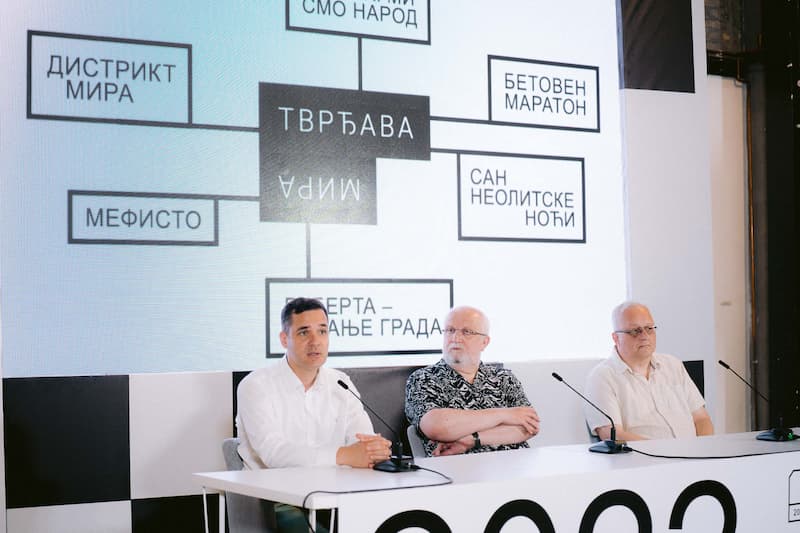
In your opinion, what is the reach of art and how much can it contribute to the dialogue of reconciliation?
Art pushes us to re-examine ourselves in the dull feelings of consumer society. Even if it is not able to change the world, art can influence beliefs. It can break down prejudices, but also strengthen the values in the fight for peace, named through the oxymoron of the Fortress of Peace programme arch. It is obvious that peace is not a characteristic, but the responsibility of every generation that must re-establish it.
Which programmes would you especially highlight in the Fortress of Peace, and which of them the Novi Sad audience and numerous Novi Sad visitors should not miss?
In the next month, Novi Sad will become the only city in Europe that will defend peace with culture. As a kind of European Capital of Peace, with almost 150 events, Novi Sad will promote peace through various artistic genres. It’s not an easy thing to do, but I will single out two that are a must-see. The Beethoven Marathon, the biggest classical music event in Europe this year. All nine of Beethoven’s symphonies will be performed by two great orchestras (Belgrade and Dortmund Philharmonic) with the Slovak Philharmonic Choir in a single day. The second one is the premiere of the movie adventure Liberta, the era of the peaceful liberation of Novi Sad from military rule and gaining the status of a free royal city. In addition, the Laibach musical, the premiere of the play Mephisto and the exhibition A Neolithic Night’s Dream are just a part of the overall mosaic with which we built the Fortress of Peace.
Part of the Fortress of Peace programme will also be organised in the Creative District, which has been renovated thanks to the ECOC as a new centre of artistic creation. It will now host important European thinkers and experts who will discuss the future of Europe through a panel discussion programme. Is this an ideal opportunity to utilise this kind of environment to exchange ideas about confronting challenges and creating a kind of Europe of peace?
The District is a great metaphor to show anew what dialogue always brings. Disagreement – yes, yes clash of different opinions – yes, but never a confrontation that keeps us without bridges on two separate, and consequently, lonely shores. By renewing and developing the Creative District through a culture of dialogue at the local level, we wanted to introduce the successful practice at the wider, regional, and European levels. Only when you are big in a small place can you be big in a big challenge.
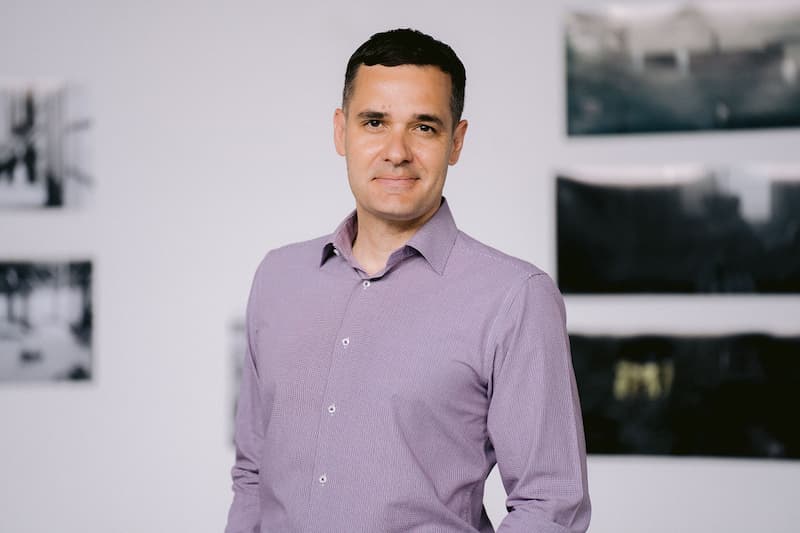
Half a year has passed since Novi Sad donned the ECOC mantle. What changes do you notice in the capital of culture? Are the expectations so far justified and are you happy to face the projects and programme arches that are ahead of us by the end of the title year
I don’t look back on the halfway point of an extremely successful run if I want to be first at the finish line. Joking aside, presenting the results of next year’s independent controllers, based on facts, not impressions, will show exactly how far we have come since 2015 when we entered the shortlist for the title. My subjective impression, considering both the pandemic and the situation in Europe, is that we performed a miracle.
Is Novi Sad on a right track to leave behind other legacy projects besides Doček and Kaleidoscope of Culture, which have already been awarded the prize for the best European trend brands in the field of culture? How do you see the future of the city of culture after the year of the ECOC title?
The foundations have been laid. Strong ones, now already recognizable in Europe. They are reported by the most important European media (British Independent, Evening Standard, Euronews, CNN, Lonely Planet, Condé Nast Traveller, Time out, etc.) but also, not to brag, admired by some ECOC organizations and cities. It is a great compliment and encouragement. However, if you ask me, this title was just the foundation for things to come. If we don’t use that, this will just be ‘the circus is leaving our small town’. The strategy for the development of the culture of Novi Sad until 2026 is faith and hope that we should not and will not stop there. Duško Radović said it best: ‘Everything that flies, wants to fly… let it fly because it should!’. I will continue with my final words from 2016 when we sent two, it turns out, winning documents for the European Capital of Culture and the Youth Capital of Europe: ‘We aim for the Moon, and even if we miss – we will hit the stars.’
Author: Marina Marić
Photo: Vladimir Veličković

